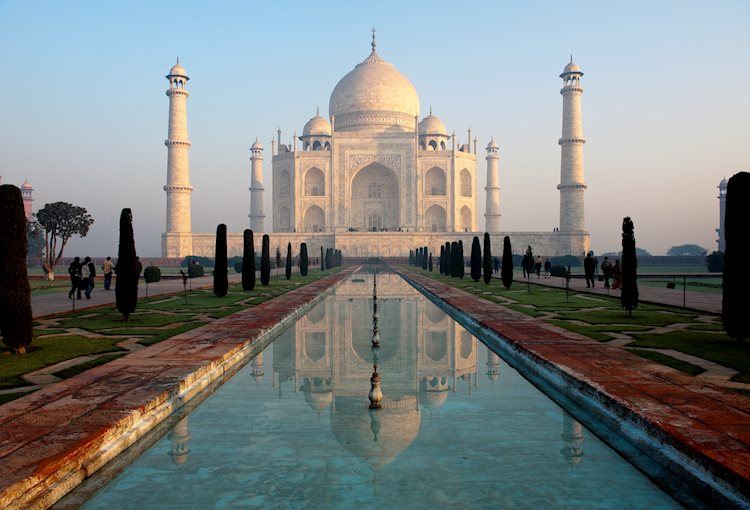The underlying assumption is that a devaluation of the exchange rate is good for the economy. The examples of India and Brazil show that this is not the case, not even for industry, as the economists at Natixis note.
Important quotes
“It is widely believed that a depreciation of the exchange rate stimulates growth. Sometimes a more nuanced view is expressed: that a depreciation of the exchange rate is good for industry, but because of the deterioration in the terms of trade (the increase in the relative price of imports ) negative for consumers and the service sector.
“The depreciation of the rupee since 2012 coincided with slowdowns in consumption and investment, credit, GDP and employment, industrial production, which is particularly worrying given the depreciation of the exchange rate and even exports.
“The devaluation of the real since 2014 has led to exactly the same developments as observed in India: slowdowns in consumption and investment, credit, GDP and employment, industrial production and exports”.
“The depreciation of the exchange rate has five negative effects on the economy. A depreciation of the exchange rate leads to very positive real interest rates due to expectations of future depreciation and monetary policy response. The high real interest rates explain the slowdown in credit and investment. Foreign investment Businesses are deterred by the prospect of a depreciation in the exchange rate. Imported inflation reduces consumer purchasing power. Rise in the price of capital goods and imported raw materials helps reduce investment and capital outflows reduce bank liquidity and the supply of credit ”.
– .


